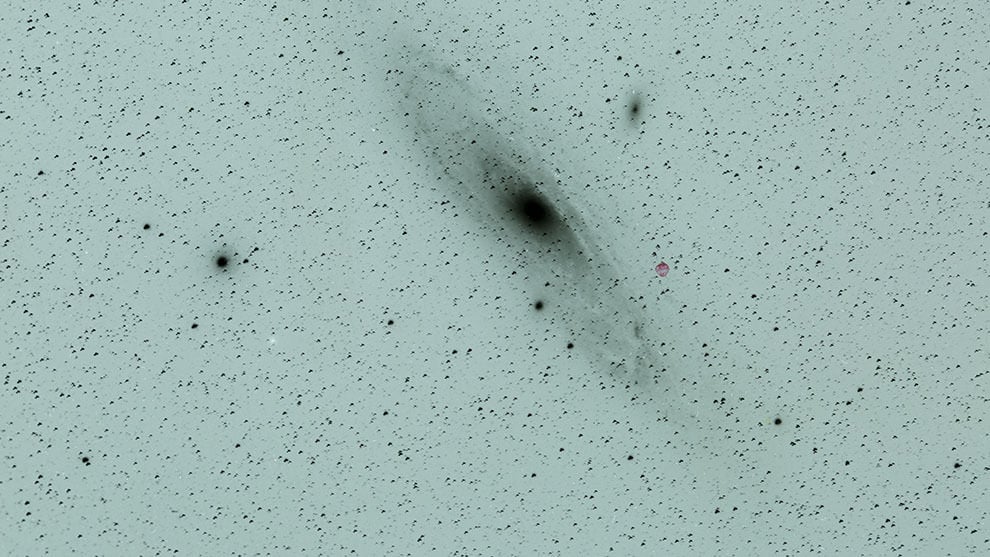In the late 19th century, astronomers developed the technique of capturing telescopic images of stars and galaxies on glass photographic plates. This allowed them to study the night sky in detail. Over 500,000 glass plate images taken from 1885 to 1992 are part of the Plate Stacks Collection of the Harvard-Smithsonian Center for Astrophysics (CfA), and is is the largest of its kind in the world.
"The images captured on these plates remain incredibly valuable to science, representing a century of data on stars and galaxies that can never be replaced," writes astronomer Michael Shara, who is Curator in the Department of Astrophysics at the American Museum of Natural History in New York City, who discussed the plates and their significance in a new episode of AMNH's video series, "Shelf Life."
These plates provide a chance to travel back in time, to see how stars and galaxies appeared over the past 130 years, allowing astronomers to do what's called "time domain astronomy": studying the changes and variability of objects over time. These include stars, galaxies, and jets from stars or galactic nuclei.
But viewing these plates is difficult. The glass plates can still be viewed on a rather archaic plate viewer—a device that's like an X-ray light box in a doctor's office. But those aren't readily available, and Harvard is hesitant about shipping the 100-plus-year-old glass plates around the world. If astronomers travel to Cambridge to dig through the archives, they can spend hours poring over logbooks or just looking for the right plate. Plus, there's not an easy way to compare these plates to today's digital imagery.
AMNH is helping CfA to digitize the glass plates, which is discussed in the video. There's also a citizen science project called
DASCH
to help digitize the telescope logbooks record that hold vital information associated with a 100-year-long effort to record images of the sky. By transcribing logbook text to put those historical observations in context, volunteers can help to unlock hidden discoveries.
Find out more about DASCH
here,
and you can read the news release from last year about it
here
.
Find out more about AMNH's digitization project
here
, where you can also see more episodes of "Shelf Life."
Past episodes usually focus on the "squishy/hold-in-your-hand side of natural history collections," said Kendra Snyder from AMNH's communications department, adding that this latest episode about astronomy offers a different take on what people think is in museum collections.
 Universe Today
Universe Today
